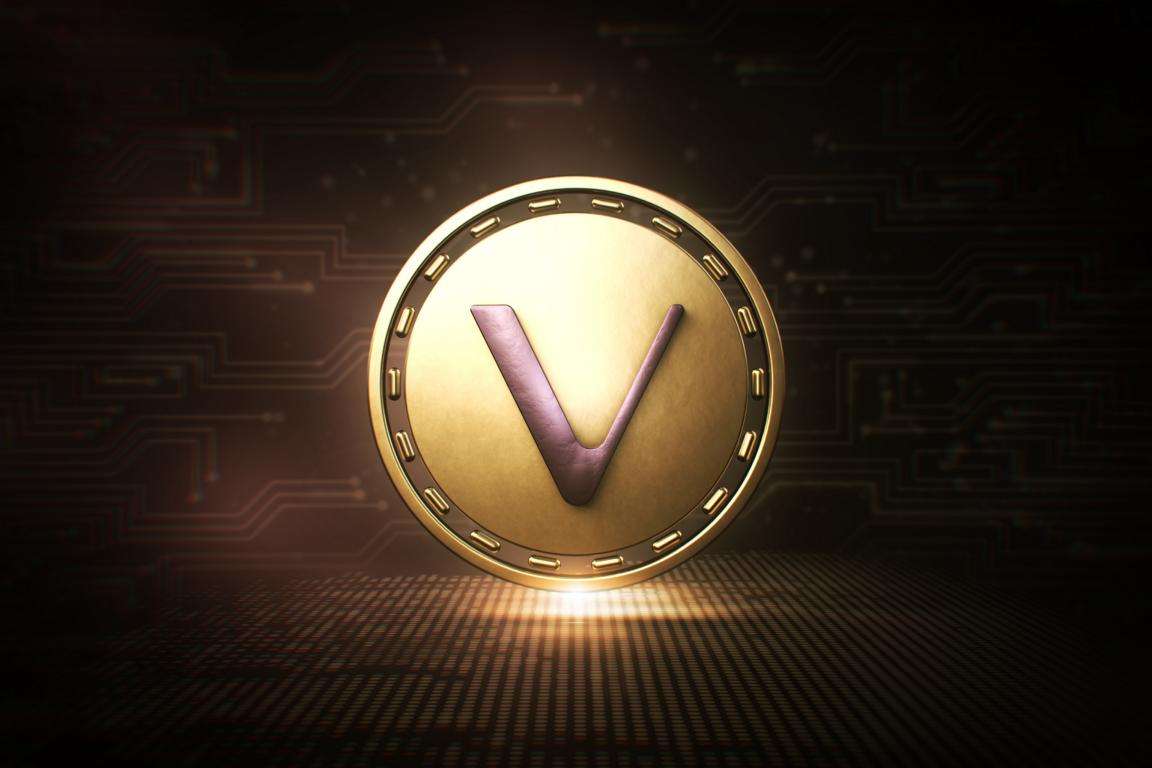Dapper Labs Ruling Dunks on Private Networks

On February 22 came the publication of what will surely become an instant classic application of the Howey test, part of a 64-page opinion written by Judge Victor Marrero of the US District Court, Southern District of New York. In denying the motion by Dapper Labs and its CEO to dismiss an unregistered securities offering case against them, the court taught one overarching lesson: If you market NFTs [non-fungible tokens] using your own private blockchain and marketplace, you should probably hire a good compliance lawyer beforehand.
Recognized by the Court as the first case to decide whether an NFT constitutes an investment contract under the famous Howey test, Judge Marrero allowed the putative class action Friel v. Dapper Labs, Inc. to move past a motion to dismiss. Marrero focuses on several attributes common to several other NFT projects, namely the use of a private blockchain network and a native token backed by the founder of the network.
Paul Paray is one of the founders of ArtSwap, LLC based in Glen Rock, New Jersey.
Dapper Labs’ NBA Top Shots Moments were said by the court to represent investment contracts offered to the public with an expectation of profit. This, along with the findings that NFT’s financial success is tied to the success of Dapper’s bespoke platforms, satisfies two prongs of the Howey test – the four prong test, an outcome of a US Supreme Court case, used to determine whether certain assets fall under The Securities and Exchange Commission’s area of responsibility.
Marrero begins his legal analysis by referencing the definition of an “investment contract” as “a contract, transaction or arrangement whereby a person invests [their] money in a joint enterprise” where “profits exclusively from the efforts of the driving party”. The court defines NFTs as “digital assets whose authenticity and ownership can be recorded on a blockchain.” On page 9, he writes: “Moment is a digital video clip of NBA game highlights, such as a spectacular dunk or a game-winning shot.”
Distilled to its essence, on page 23, Marrero found that it was Dapper Labs’ control of its private blockchain that shows how the scheme works to promote Moments: “[T]economic realities and technological interaction between FLOW [token]Flow Blockchain and Moments, as alleged by the plaintiffs, are what support the court’s conclusions.”
On page 56, the court writes that “a corporation’s efforts to develop and maintain an ecosystem of commerce sufficiently establish the third Howey prong.” On the next page, he acknowledges “Dapper Labs’ implicit promise to maintain the Flow Blockchain and facilitate trades on the Marketplace drives Moments’ value.” Further, on page 62, “the allegations that Dapper Labs created and maintains a private blockchain are fundamental to the Court’s conclusion.” (emphasis added).
In particular, Marrero is concerned that Dapper Labs is restricting trading on the Moments to the Flow blockchain, a network built by Dapper as a faster and cheaper alternative to Ethereum. While this raises questions about profits and transaction fees, the judge also argues that, on a technical level, “by privatizing the Moments blockchain, buyers must rely on Dapper Labs’ expertise and management efforts as well as its continued success and existence.” Agreeing with the plaintiffs, Marrero found this situation completely different from “public blockchains, such as the underlying Bitcoin.”
Even if Marrero made the right decision regarding Dapper Labs, there is always the possibility that a future court could misconstrue what was done to the disadvantage of those who sell NFTs by using, for example, a layer 2 platform built on a public blockchain or a platform that does not rely on a native token ecosystem. Such a potential future judgment would be an obvious bridge too far.
For example, unique items such as works of art that are usually sold on an individual basis will not easily conform to this ruling. It also raises potential concerns for NFT creators who partner with firms like Dapper to market and host their work. Judge Marrero actually addresses this issue when responding to Dapper’s motion to dismiss on page 35, saying that the case law the company cites, Dahl v. English, was not equivalent because the “unique works of art” sold in that case did not have a “causation” to “the promoter making the offer.”
Art NFTs also retain another point of distinction from Moments, given that Art NFTs will always have intrinsic value. In its motion to dismiss, Dapper had argued that Moments should not be viewed as an investment contract because the works have intrinsic value. The judge didn’t buy this argument, noting in Dapper’s terms of service several times that moments have “no intrinsic or intrinsic value.”
As a point of comparison, the company behind the messaging platform Kik originally pitched — which raised a multimillion-dollar initial coin offering that was later found to be a securities offering, something with no intrinsic value. “Unlike property, [the kin token has] no intrinsic value and will generate no profit without an ecosystem to drive demand,” the court found there.
Going forward, however, the safest approach for NFT creators is to partner with a company that has built a platform from the ground up using a public blockchain and without the use of a platform-native token or other direct means of controlling the value of digital assets. And further, those NFTs sold using such a platform that are least likely to be considered investment contracts are the fine arts that underlie the nascent Digital Art Movement that is now well under way.
























